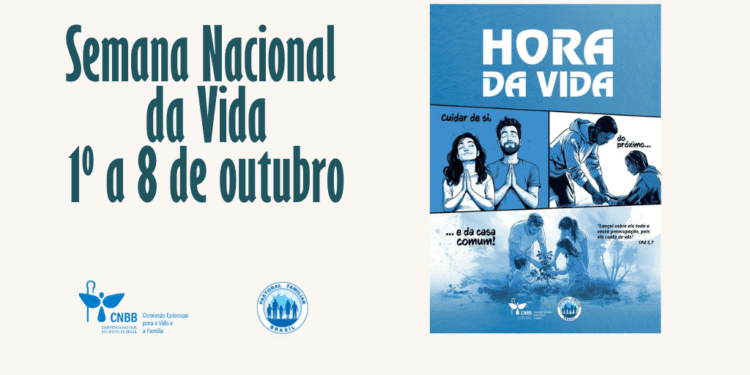Peter Jackson’s “The Hobbit: The Battle of the Five Armies” marks the end (or nearly the end) of a film journey that began more than a dozen years ago and now spans six films that, when all is said and done, will likely run more than 20 hours (in the longest extended-edition cuts).
J.R.R. Tolkien’s various accounts of Middle-earth have enjoyed widespread popularity for decades with different audiences, from flower children to science-fiction geeks, gamers to ren-faire enthusiasts. But the very first Middle-earth fans were members of an informal group of tweedy Oxford literary enthusiasts known as the Inklings, a group that included C.S. Lewis, Owen Barfield, Charles Williams, Roger Lancelyn Green, and Tolkien himself.
While not necessarily excluding nonbelievers, Christianity was central to the Inklings milieu, and the relationship of Tolkien’s Catholic faith on his fantasy writings was an integral element of their appeal for Lewis and other Inklings — and for generations of devout fans, both Catholic and Protestant.
Although famously critical of the allegorical method of Lewis’s Narnia stories, Tolkien acknowledged the more subtle way his own tales were linked to his faith. “ ‘The Lord of the Rings’ is, of course, a fundamentally religious and Catholic work,” he wrote in a much-quoted 1953 letter to a Jesuit priest named Robert Murray, “unconsciously so at first, but consciously in the revision.”
In another letter, Tolkien noted that his depiction of the regal elf Lady Galadriel reflected in some way “Catholic teaching and imagination about Mary,” upon whom, his letter to Murray says, “all my own small perception of beauty both in majesty and simplicity is founded.”
In a similar way, Tolkien’s devotion to the Eucharist (he was, for much of his life, a daily communicant) is reflected in the elves’ “waybread” or lembas, elsewhere called “life-bread.”
“Wafers” of this special food, Tolkien wrote, “had a virtue without which [Frodo and Sam] would long ago have lain down to die …. It fed the will, and it gave strength to endure, and to master sinew and limb beyond the measure of mortal kind.”
Tolkien was chagrined when an early script treatment for a “Lord of the Rings” film referred to lembas as a “food concentrate.”
“No analysis in any laboratory would discover chemical properties of lembas that made it superior to other cakes of wheat-meal,” Tolkien protested in words that could easily describe the Catholic dogma of transubstantiation. Lembas, he added, “has a much larger significance, of what one might hesitatingly call a ‘religious’ kind.”
Tolkien’s dissatisfaction with that script treatment reflected his larger skepticism of any cinematic interpretation of his tales, and indeed of dramatic interpretations of fairy tales in general. In spite of this, Tolkien sold the film rights for “The Hobbit” and “The Lord of the Rings” to United Artists to provide for the burden of his children’s future inheritance taxes.
Judging from Tolkien’s at times curmudgeonly critique of that early treatment, he probably would have shared his son Christopher’s blistering contempt for Peter Jackson’s films. “They eviscerated the book by making it into an action movie for young people aged 15 to 25,” Christopher lamented in a 2012 interview, “and it seems ‘The Hobbit’ will be the same kind of film.”
Yet many of Tolkien’s Christian fans took enthusiastically to the “Lord of the Rings” films — and the importance of this audience was not lost on the filmmakers. In interviews at the time, Jackson and his collaborators Fran Walsh and Philippa Boyens expressed awareness for the books’ religious dimensions and desire to honor Tolkien’s themes in their films.
One example Jackson pointed to was an evocative passage adapted from Tolkien’s “The Fellowship of the Ring” as a poetic account of life after death placed on the lips of Ian McKellen’s Gandalf in “The Return of the King”: “The journey doesn’t end here …. The grey rain-curtain of this world rolls back, and all turns to silver glass …. and then you see it: white shores, and beyond …. a far green country under a swift sunrise.”
This is a lovely gloss on Tolkien — and there are similar spiritually themed touches in the “Rings” movies. Yet in the latest “Hobbit” movie, where Tolkien has a dying character utter the memorable line, “I go now to the halls of waiting to sit beside my fathers, until the world is renewed,” the film version unconscionably omits this line entirely.
Changes like these are sadly typical of the “Hobbit” prequel trilogy, which is far cruder and less sensitive to the charm and beauty of its source material than the “Lord of the Rings” films were. As bad as Christopher Tolkien’s fears in 2012 about “The Hobbit” films might have been, the reality is worse.
One theme linking “The Hobbit” and “The Lord of the Rings” books is that of Providence, of a higher purpose at work in ordinary events. In “The Fellowship of the Ring,” Gandalf tells Frodo that “Bilbo was meant to find the Ring, and not by its maker. In which case you also were meant to have it. And that may be an encouraging thought.” The filmmakers move this speech to a more dramatic setting, but preserve the essence of Gandalf’s words.
Tolkien ends “The Hobbit” with a similar exchange between Gandalf and Bilbo (Martin Freeman), implying that Bilbo’s recent adventures were only a small part of a larger drama in which a higher power was at work, bringing prophecy to fulfillment. “The Battle of Five Armies” guts this exchange, preserving isolated phrases but changing the context to omit all mention of prophecy or higher purpose.
For these and other reasons, I can’t imagine many of Tolkien’s Christian fans who embraced the original trilogy sitting down in the years to come to watch Jackson’s whole 20-hour saga. The original trilogy remains an enduring achievement; the prequel trilogy only detracts from it.
















